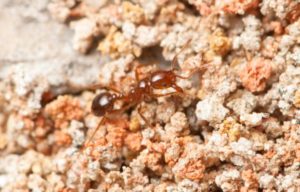
Controlling Fire Ants in Your Yard
As red imported fire ants continue to spread across North Carolina and the country, you may be a bit …



El inglés es el idioma de control de esta página. En la medida en que haya algún conflicto entre la traducción al inglés y la traducción, el inglés prevalece.
Al hacer clic en el enlace de traducción se activa un servicio de traducción gratuito para convertir la página al español. Al igual que con cualquier traducción por Internet, la conversión no es sensible al contexto y puede que no traduzca el texto en su significado original. NC State Extension no garantiza la exactitud del texto traducido. Por favor, tenga en cuenta que algunas aplicaciones y/o servicios pueden no funcionar como se espera cuando se traducen.
Inglês é o idioma de controle desta página. Na medida que haja algum conflito entre o texto original em Inglês e a tradução, o Inglês prevalece.
Ao clicar no link de tradução, um serviço gratuito de tradução será ativado para converter a página para o Português. Como em qualquer tradução pela internet, a conversão não é sensivel ao contexto e pode não ocorrer a tradução para o significado orginal. O serviço de Extensão da Carolina do Norte (NC State Extension) não garante a exatidão do texto traduzido. Por favor, observe que algumas funções ou serviços podem não funcionar como esperado após a tradução.
English is the controlling language of this page. To the extent there is any conflict between the English text and the translation, English controls.
Clicking on the translation link activates a free translation service to convert the page to Spanish. As with any Internet translation, the conversion is not context-sensitive and may not translate the text to its original meaning. NC State Extension does not guarantee the accuracy of the translated text. Please note that some applications and/or services may not function as expected when translated.
Collapse ▲
As red imported fire ants continue to spread across North Carolina and the country, you may be a bit …
Sandra Avant USDA ARS | 8/21/2019 | Via Morning AgClips Marek’s disease—a highly contagious viral disease caused by a herpesvirus—is …
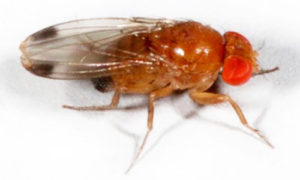
Cornell University | MorningAgClips via EurekaAlert! With New York state’s $20 million berry industry entering peak season, an invasive fruit fly …
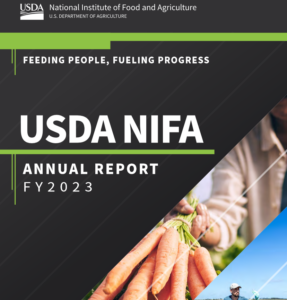
Curious to know about agriculture and food research currently being funded by the National Institute of Food and Agriculture? Check …

Dr. Robert Orpet | 6/25/2019 | Via Entomology Today The European earwig (Forficula auricularia) may be difficult to appreciate …
As more people move to the urban centers of North Carolina, consumers lose previously close connections with where their …
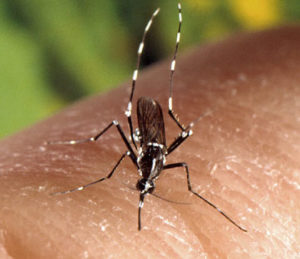
Jake Buhler | 6/2/2019 | National Geographic Insecticides in at least one area are not only failing to control mosquitoes, …

Kristen Hampshire | 5/15/2019 | Greenhouse Grower Labor is a pain—and the pool of potential agricultural workers is thinning faster …
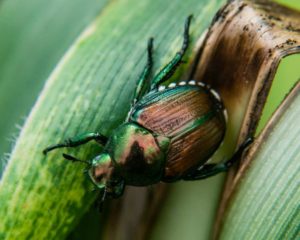
Andrew Porterfield | 4/29/2019 | EntomologyToday Since its accidental arrival in New Jersey in 1916, the Japanese beetle (Popillia japonica) …
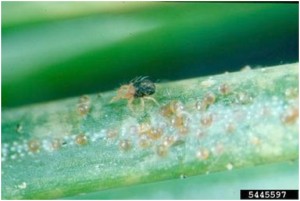
Brian Lovett at University of Maryland | 4/29/2019 | Via TheConversation.com Insects scuttle, chew and fly through the world around …

Amy Duke | 4/1/2019 | Penn State University A new online tool and community, called Beescape, enables beekeepers, or anyone interested …
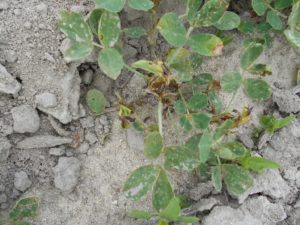
Mark Abney | 4/20/2019 | Southeast FarmPress Every spring I post an article on this blog about early season thrips …
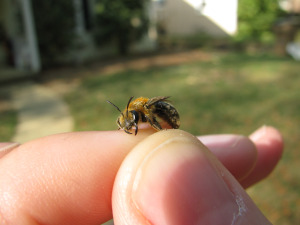
Wood et al. at Michigan State University While many scientists are focused on the decline of honey bees, relatively few …
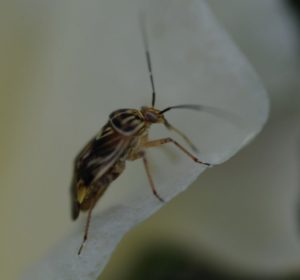
Patrick R. Shepard | 4/8/2019 | Southeast FarmPress You know they’re coming: plant bugs, thrips, and their posses. University entomologists …

Kiki Hubbard | 3/25/2019 | Organic Seed Alliance via Carolina Farm Stewardship Alliance Farmers looking for disease-resistant cucurbits now have …

John Hart | 3/29/2019 | Southeast FarmPress Early-maturity Group III and Group IV soybeans can be successfully produced in North …
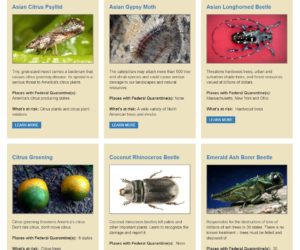
USDA | 4/1/2019 | Via Morning AgClips Invasive Plant Pest & Disease Awareness Month WASHINGTON — Spring is a popular time …

Joe Neal | NC State Publications and Factsheets English ivy (Hedera helix) is a shade-tolerant, woody perennial vine. When established …

Bryan Nelson | 3/28/2019 | Mother Nature Network Something is killing apple trees across the American countryside, and the epidemic …

Dean Riechers & Lauren Quinn | 3/18/2019 | University of Illinois via USDA Fresh from the Field Weeds often emerge …
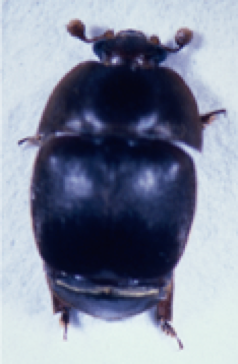
This factsheet describes the small hive beetle, its life cycle and how to prevent infestations …

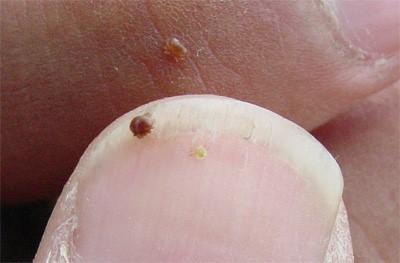
It is the goal of every beekeeper to maintain healthy, productive colonies. This can only …

This manual prepares pesticide applicators for Forest Pest Control Certification exams in the following states: …
To apply restricted-use pesticides to agricultural commodities, you must be certified or be supervised by …

This factsheet offers information on the biology and management of the emerald ash borer, an …

Black root rot impacts a range of woody and herbaceous ornamental plant species primarily in …
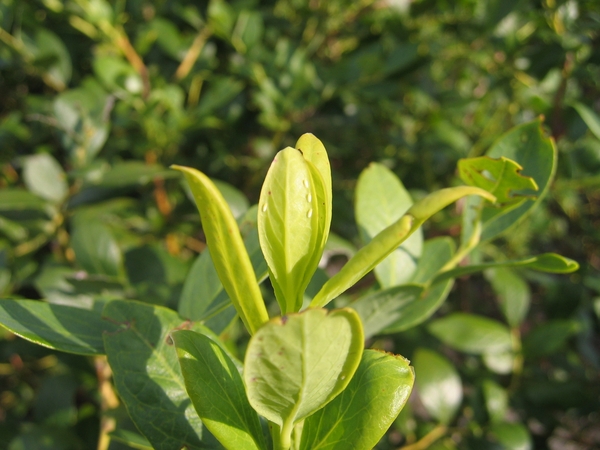
Whiteflies (Hemiptera: Aleyrodidae) are small (< 0.12 inch) and highly diverse insects that feed on …